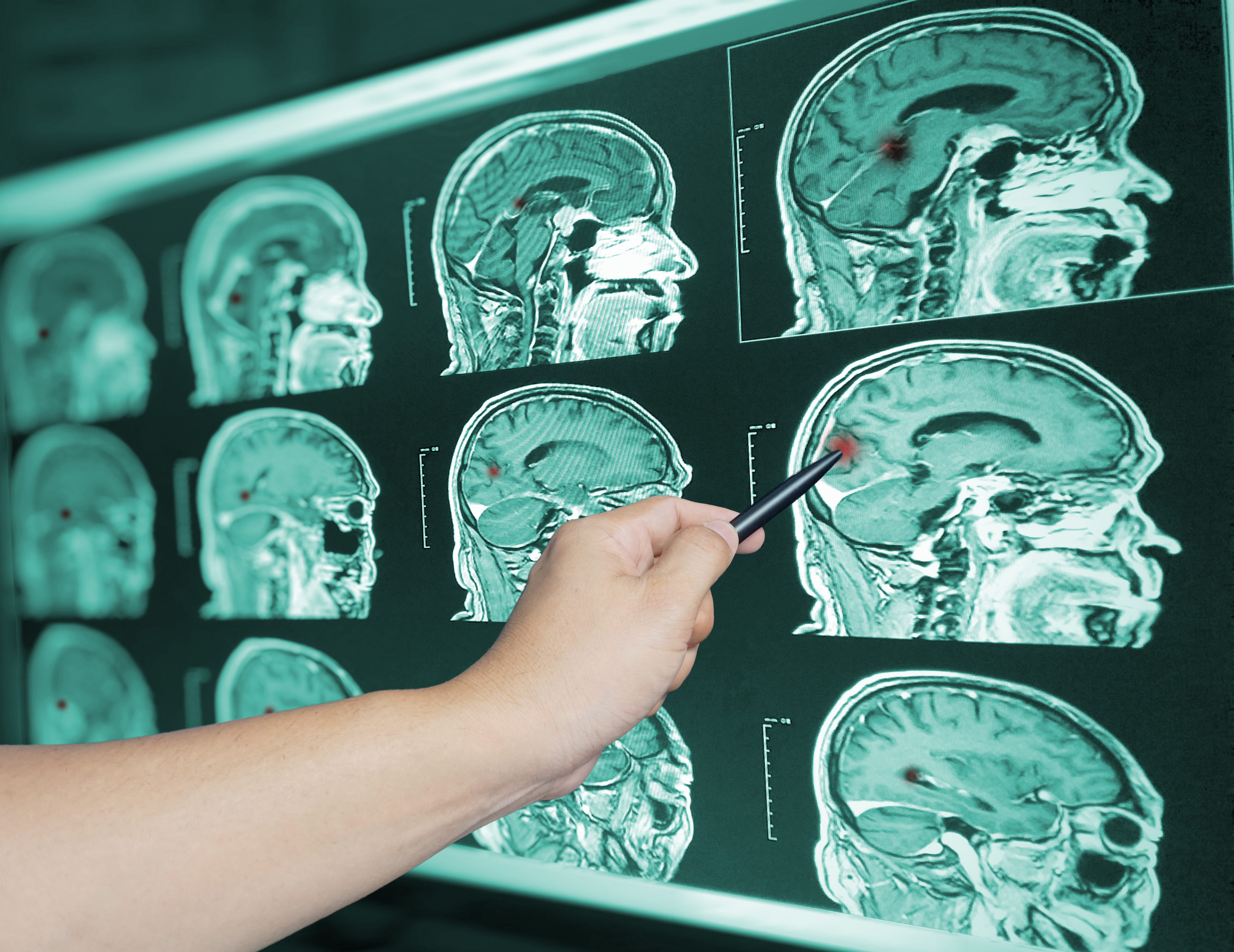With over 90% of Emergency Departments (EDs) routinely reporting crowding, nurses are tasked with caring for patients in the ED bays, hallways, and more during their shifts. They balance this crowding and patient needs with fewer resources as staffing shortages are widely known in the post-covid ED. Many hospitals look to fill the void with travel nurses, who now represent 8- 10% of the nursing workforce. This brings its own set of challenges for the hospital team.
More from BrainScope
The COVID-19 pandemic stretched emergency departments (EDs) beyond their capacity and highlighted the resource needs of the system. Before the pandemic, EDs were already overburdened with increasing visits. More than 60% of all hospitals’ admissions come through the ED and 90% routinely report overcrowding/boarding.
Many head injured patients arrive in the Emergency Department (ED) expecting a head CT “to be sure” their injury is not severe. Not fully understanding that while a head CT can identify if a brain bleed has occurred, it cannot detect a concussion, patients will often press for a head CT, as they find satisfaction in knowing “something was done” during their visit.
As the world enters year three of COVID-19, patients are returning to the Emergency Department (ED), with volumes approaching pre-pandemic levels. Among those returning are head-injured patients—an ED patient population that has increased 30% in recent years. Seventy percent of these patients are evaluated as treat and release, but many spend up to six hours in the ED because of typical assessment protocols.
When patients arrive at the emergency department (ED) with a suspected head injury, clinicians need to quickly assess for severity and determine next steps. Does the patient have a brain injury—brain bleed, concussion, or both? Understanding what happens to the brain following a head injury can help determine the next steps for assessment and treatment.




